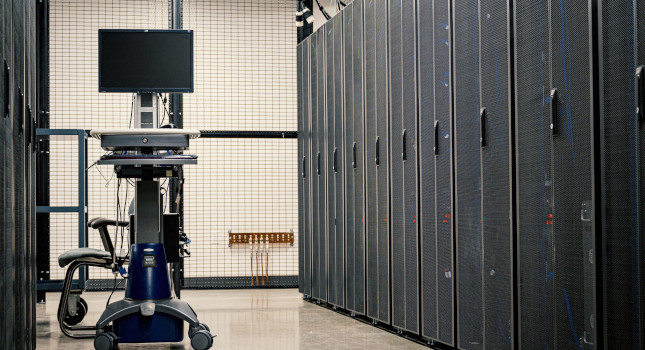Portable devices offer a new way to gather, leverage data.
Moving from scheduled-based maintenance to condition-based maintenance is a paradigm shift across the oil and gas industry. Today, condition-based maintenance is broadly accepted as the best practice for monitoring and preventing plant equipment failure. The market has responded with several solutions that cover the broad spectrum of safety, quality, value, and cost to fit the end-user needs depending on where an organization is in the preventive maintenance journey from reactive to proactive.
The most basic condition monitoring strategy starts with a walk-around program. As a result, portable devices designed for walk-around monitoring can be considered the "gateway to condition monitoring."
By definition, condition monitoring is the process of monitoring a parameter or condition of equipment (any equipment within the facility) in order to identify any changes that could be indicative of a developing fault. Equipment protection also falls under the umbrella of condition monitoring, but monitoring is the first step.
Several condition monitoring methodologies have evolved over the years with maintenance and reliability professionals typically leveraging one or a combination of four general areas:
- Reactive maintenance: Also known as a "run to failure strategy;" typically, low cost to support although can lead to higher costs when actions are required to address a failure, especially when it’s unplanned.
- Preventive maintenance: The traditional time-based maintenance or schedule-based actions on a planned time frame; moderate cost to implement with the higher degree of continuous equipment operation over reactive maintenance. ·
- Predictive maintenance: Sometimes called machinery or equipment health maintenance, this method leverages a variety of inputs in predicting potential failures earlier on than preventive maintenance. Often, this method will involve a higher degree of investment in capital and expertise while significantly reducing risk equipment concern.
- Proactive maintenance: Also called reliability maintenance, this strategy looks beyond the specific equipment when addressing failure root cause areas. The highest level of condition monitoring combines multiple solutions, process reliability, and system operating optimization to achieve lowest operation risk while delivering desired output.
The choice of what maintenance plan to use in order to maximize plant and equipment uptime will come down to cost, return on investment, risk prevention (i.e. safety, regulatory compliance, quality, timeliness, and cost), and desired outcome.
A key in planning out any maintenance program is to fully evaluate equipment criticality and set up the appropriate combination as necessary. Each maintenance methodology as well as the solutions will vary based upon what level the equipment criticality is and where in the process said equipment contributes to the overall system output.
In addition, condition monitoring can’t be discussed without linking back to the familiar potential failure curve (P-F). Just like equipment critical and maintenance program planning, another key to condition monitoring is understanding where on the P-F curve a maintenance strategy is desired to help guide a proper solution. This curve can also be a reference for progress on the reactive to proactive journey.
Portable condition monitoring
Condition monitoring comes down to a combination of maintenance strategy and equipment criticality, but there are a wide variety of solutions and technologies available to leverage. Portable condition monitoring solutions play an important role in the journey.
Portable devices can, and are, used for basic collection upwards to more advanced analysis while still requiring an operator or expert to collect the data. Portable devices, the traditional walk around monitoring program, are a relatively low investment compared to more advanced solutions. The typical portables solution comprises:
- Initial walk around or route definition—typically done on a device or via software package and includes:
a. Points, assets, and frequency of collection
b. Multiple readings from a single asset or view of machine health over time. - The actual data collection—via portable handheld.
- Data analysis—uploaded into software or via handheld portable analyzer. Data analysis looks at alarms and trends to help identify potential problems
- Action taken—reports created and sent to maintenance and/or operations teams.
Portable devices span a wide variety of measuring techniques from acoustic, thermography, vibration, and electrical signature, and as technology continues to grow exponentially, portable solutions have to do the same. Portable devices complement industrial technology advancements by adapting quickly to new forms of data and equipment operations with new measuring techniques, data collection, and storage, including cloud storage.
However, despite the advantages of automation and the speed of information gathering, portable devices still employ the irreplaceable human element. Smart sensors can auto detect, update, and collect data, but the indispensable additional equipment health information gleaned from operator touch, smell, sight, and intuition remains invaluable.
Whether organizations are just beginning to adopt condition monitoring or continuing an existing condition monitoring program, portables offer a steadfast means in assisting during any stage of the maintenance and reliability journey. Portable devices are a gateway to condition monitoring.
Chris McMillen is product manager for GE Bently Nevada.



